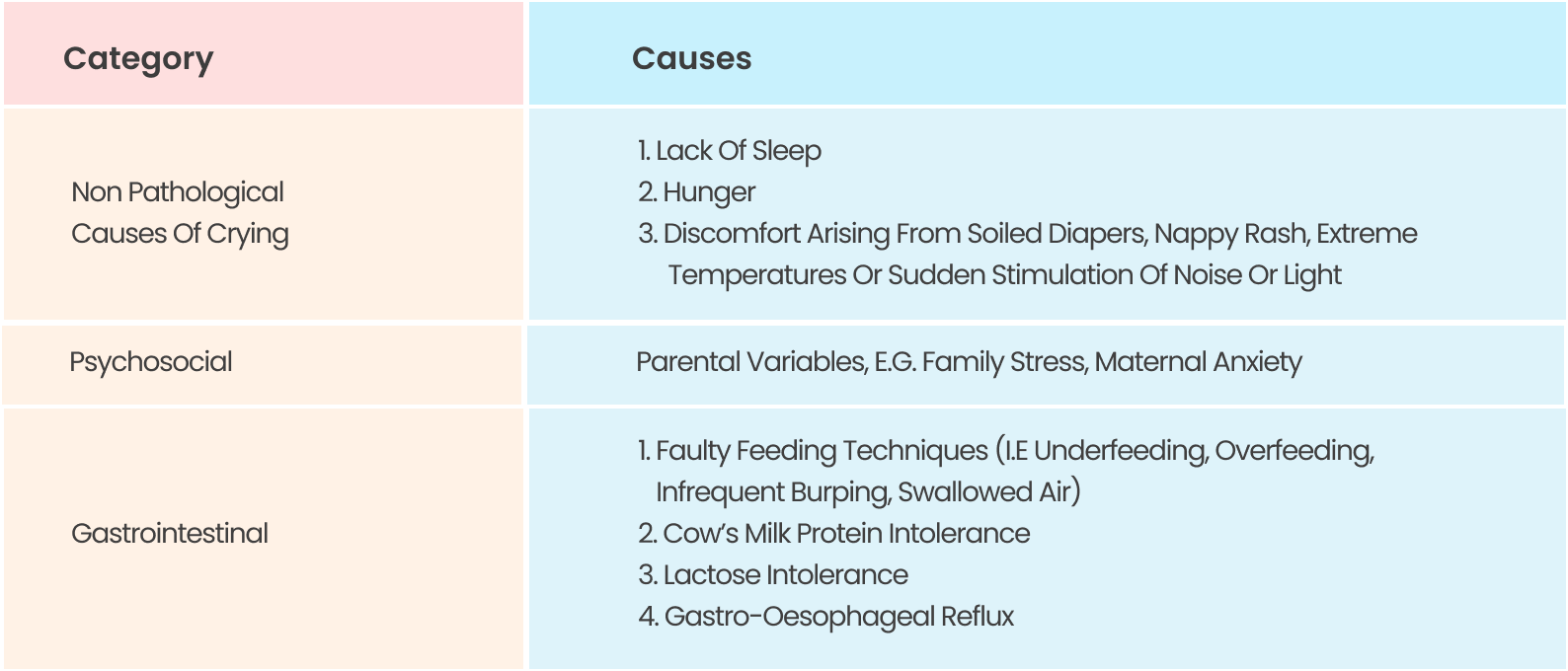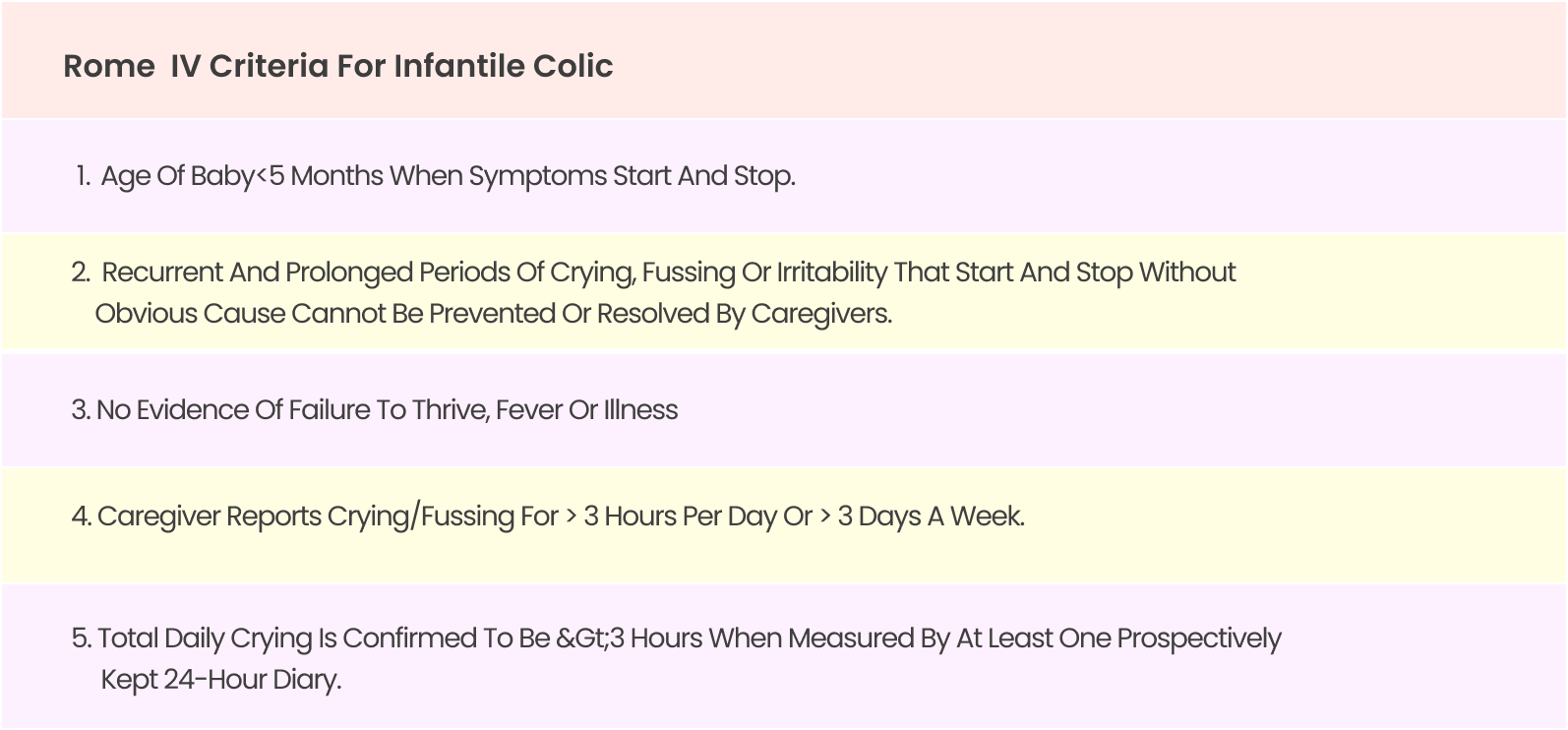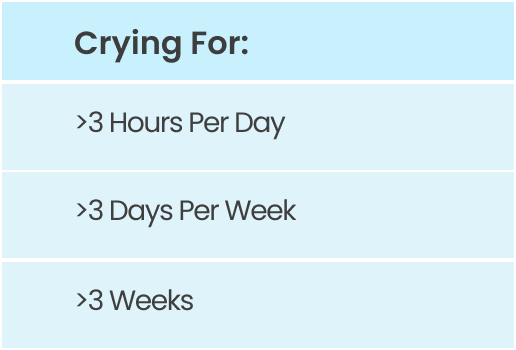You may also like…
‘’Colic is like the never-ending party guest who just won’t leave.’’
Infant Colic- Recognize and Treat
Infantile colic is defined as an infant crying inconsolably for more than three hours per day, more than three days per week, for longer than three weeks. It affects approximately 10% to 40% of all infants, peaks around the age of six weeks and resolving by 3 to 6 months of age. It happens equally in male or females and is not affected by type of feed, time of delivery or socioeconomic status (JEREMY D. JOHNSON, 2015 ).
The causes of colic are a wide spectrum of issues that can provide a direction to which the healthcare professional can work towards solving. Fecal microflora, intolerance to cow’s milk protein or lactose, gastrointestinal immaturity or inflammation, increased serotonin secretion, poor feeding technique, and maternal smoking or nicotine replacement therapy. These are a few causes of infantile colic.
Parental support and reassurance are key components of the management of colic. (JEREMY D. JOHNSON, 2015 ) . Parents should be counselled and educated about the benign and self-limited nature of infantile colic.
Switching formula-fed infants to a hydrolyzed formula may improve colic symptoms.
Simethicone and Proton pump inhibitor are ineffective and dicylomine is contraindicated.
Probiotic Lactobacillus Reuteri (strain DSM 17938), there is evidence that this given to formula-fed infants with colic. This even though helpful should not be given to formula-fed infants.
Reducing maternal dietary allergen intake. This is elimination of allergens (eg: cow’s milk, eggs, fish, peanuts, soy, tree nuts, wheat) from the diet of breastfeeding mothers may relieve colic symptoms.
There is no evidence that proves that chiropractic or osteopathic manipulation, infant massage, swaddling, acupuncture or herbal supplements are going to help the baby.








